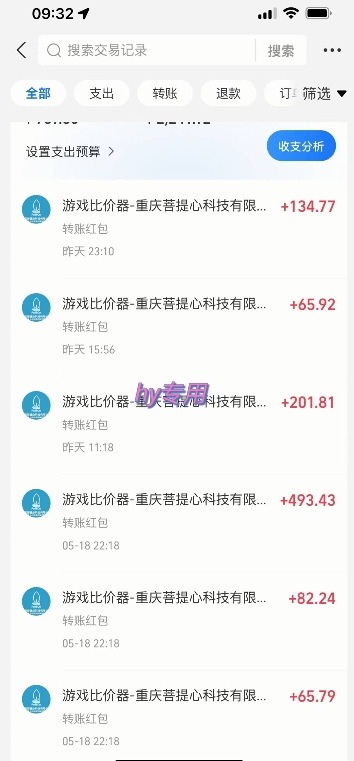
Fetchlinux 是一款自動化構建 Linux 內核的工具,它能夠協助系統管理員自動執行多種運維任務,從而提升工作效率。以下是如何利用 FetchLinux 來管理服務器的基本操作流程:
安裝 FetchLinux
-
更新系統軟件包:
sudo apt update sudo apt install -y git wget curl openssh-server
-
獲取 FetchLinux 源碼:
git clone https://github.com/fetchlinux/fetchlinux.git /opt/fetchlinux
-
配置 FetchLinux 環境:
- 進入項目目錄并復制示例配置文件:“` cd /opt/fetchlinux sudo cp fetchlinux.conf.example fetchlinux.conf
- 使用編輯器打開配置文件進行修改:“` sudo nano fetchlinux.conf
- 根據需要調整倉庫地址、鏡像名稱以及更新周期等設置。
- 進入項目目錄并復制示例配置文件:“` cd /opt/fetchlinux sudo cp fetchlinux.conf.example fetchlinux.conf
-
創建專用用戶和組:
sudo groupadd fetchlinux sudo useradd -r -g fetchlinux fetchlinux
-
調整目錄權限:
sudo chown -R fetchlinux:fetchlinux /opt/fetchlinux
-
啟動服務:
sudo systemctl enable fetchlinux sudo systemctl start fetchlinux
-
啟用自動更新機制:
- 確認服務已設置為開機自啟。
- 執行手動更新命令:“` sudo fetchlinux –update
通過 FetchLinux 實現服務器維護
-
數據備份:
- 利用 rsync 創建備份,例如將整個項目目錄備份到 backup 文件夾中:“` rsync -aAXv –exclude ‘.git‘ /path/to/your/fetchlinux/project/ backup/
- 利用 rsync 創建備份,例如將整個項目目錄備份到 backup 文件夾中:“` rsync -aAXv –exclude ‘.git‘ /path/to/your/fetchlinux/project/ backup/
-
部署新環境:
- 借助 FetchLinux 的自動化能力快速部署新的操作系統版本至目標機器。
-
遠程文件交互:
- 下載單個文件:“` fetchlinux user@remote_host:/path/to/remote/file /local/path
- 獲取完整目錄:“` fetchlinux user@remote_host:/path/to/remote/Directory /local/path -r
- 向遠程主機上傳文件:
- 單個文件:“` fetchlinux -u user@remote_host /local/path/file /path/to/remote
- 整個目錄:“` fetchlinux -u user@remote_host /local/path/directory -r /path/to/remote
- 單個文件:“` fetchlinux -u user@remote_host /local/path/file /path/to/remote
- 查看遠程路徑下的內容列表:“` fetchlinux user@remote_host ls /path/to/remote
- 刪除遠程文件或目錄:“` fetchlinux user@remote_host rm /path/to/remote/file_or_directory
- 修改遠程文件訪問權限:“` fetchlinux user@remote_host chmod 755 /path/to/remote/file_or_directory
- 下載單個文件:“` fetchlinux user@remote_host:/path/to/remote/file /local/path
-
性能監控:
- 使用 top、htop 或者 vmstat 監控運行狀態。
-
日志處理:
- 閱讀并分析日志信息,如查看 /var/log/syslog 日志文件。
遵循上述步驟,您便可以開始使用 FetchLinux 進行常規的服務器管理與維護工作。隨著經驗積累,您還將能夠挖掘出更多高級功能以滿足復雜需求。
? 版權聲明
文章版權歸作者所有,未經允許請勿轉載。
THE END



















